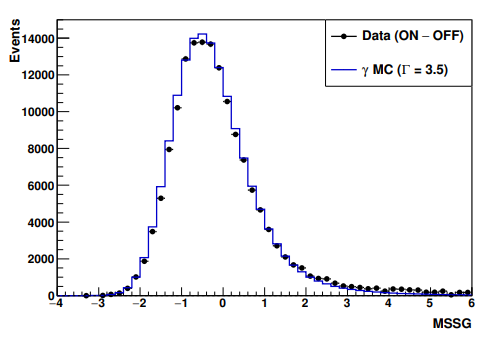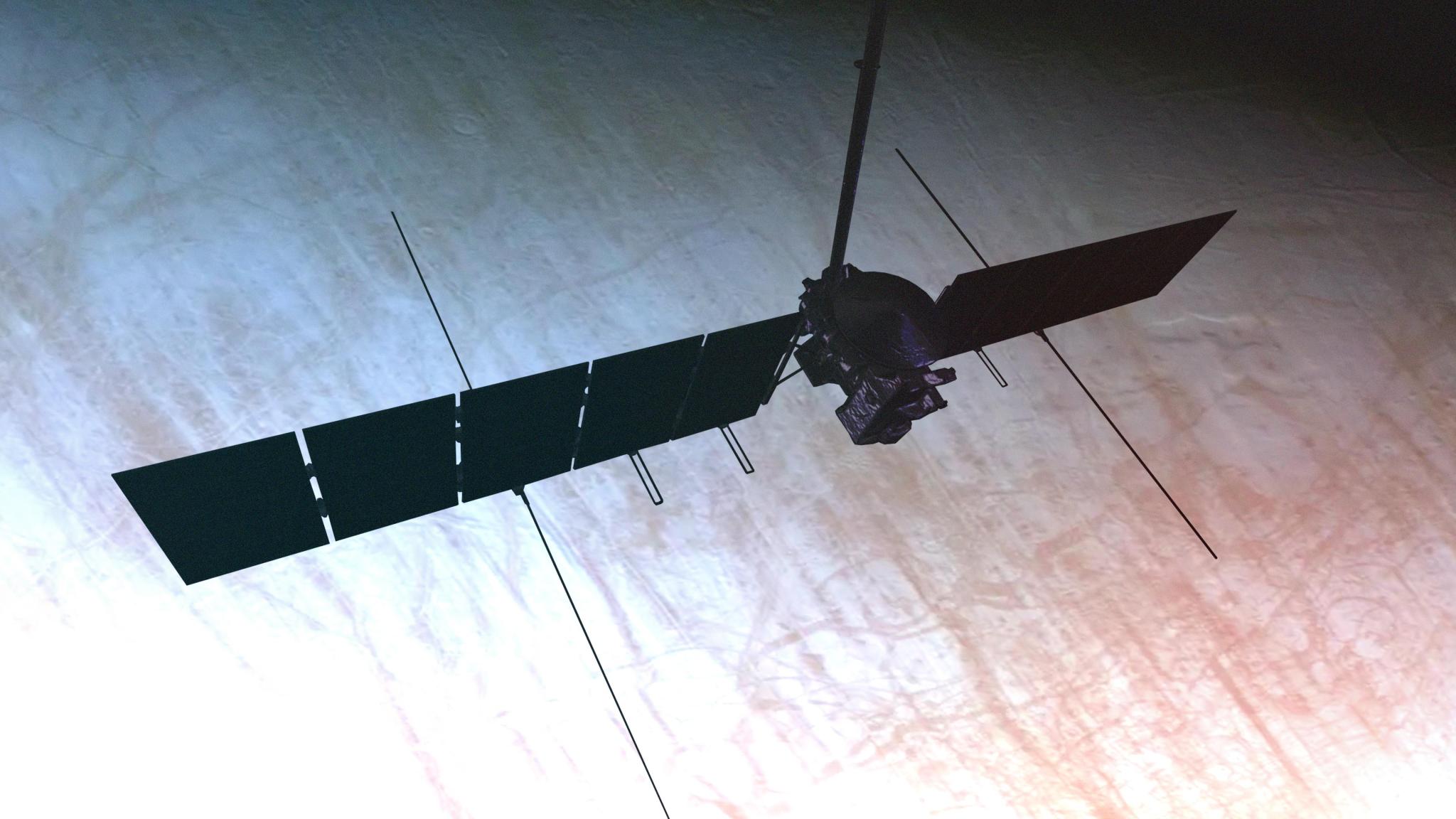2024-11-25 マックス・プランク研究所
<関連情報>
- https://www.mpg.de/23743719/highest-electron-energies-measured-from-space
- https://arxiv.org/abs/2411.08189
H.E.S.S.による宇宙線電子スペクトルの高統計測定 High-Statistics Measurement of the Cosmic-Ray Electron Spectrum with H.E.S.S
F. Aharonian, F. Ait Benkhali, J. Aschersleben, H. Ashkar, M. Backes, V. Barbosa Martins, R. Batzofin, Y. Becherini, D. Berge, K. Bernlöhr, B. Bi, M. Böttcher, C. Boisson, J. Bolmont, M. de Bony de Lavergne, J. Borowska, M. Bouyahiaoui, R. Brose, A. Brown, F. Brun, B. Bruno, T. Bulik, C. Burger-Scheidlin, T. Bylund, S. Casanova, J. Celic, M. Cerruti, T. Chand, S. Chandra, A. Chen, J. Chibueze, O. Chibueze, T. Collins, G. Cotter, J. Damascene Mbarubucyeye, J. Devin, J. Djuvsland, A. Dmytriiev, K. Egberts, S. Einecke, J.-P. Ernenwein, S. Fegan, K. Feijen, G. Fontaine, S. Funk, S. Gabici, Y.A. Gallant, J.F. Glicenstein, J. Glombitza, G. Grolleron, B. Heß, W. Hofmann, T. L. Holch, M. Holler, D. Horns, Zhiqiu Huang, M. Jamrozy, F. Jankowsky, V. Joshi, I. Jung-Richardt, E. Kasai, K. Katarzynski, D. Kerszberg, R. Khatoon, B. Khelifi, W. Kluzniak, Nu. Komin, K. Kosack, D. Kostunin, A. Kundu, R.G. Lang, S. Le Stum, F. Leitl, A. Lemiere, M. Lemoine-Goumard, J.-P. Lenain, F. Leuschner, A. Luashvili, J. Mackey, D. Malyshev, D. Malyshev, V. Marandon, P. Marinos, G. Marti-Devesa, R. Marx, M. Meyer, A. Mitchell, R. Moderski, M.O. Moghadam, L. Mohrmann, A. Montanari, E. Moulin, M. de Naurois, J. Niemiec, S. Ohm, L. Olivera-Nieto, E. de Ona Wilhelmi, M. Ostrowski, S. Panny, M. Panter et al. (48 additional authors not shown)
arXiv Submitted on 12 Nov 2024
DOI:https://doi.org/10.48550/arXiv.2411.08189

Abstract
Owing to their rapid cooling rate and hence loss-limited propagation distance, cosmic-ray electrons and positrons (CRe) at very high energies probe local cosmic-ray accelerators and provide constraints on exotic production mechanisms such as annihilation of dark matter particles. We present a high-statistics measurement of the spectrum of CRe candidate events from 0.3 to 40 TeV with the High Energy Stereoscopic System (H.E.S.S.), covering two orders of magnitude in energy and reaching a proton rejection power of better than 104. The measured spectrum is well described by a broken power law, with a break around 1 TeV, where the spectral index increases from Γ1=3.25 ± 0.02 (stat) ± 0.2 (sys) to Γ2=4.49 ± 0.04 (stat) ± 0.2 (sys). Apart from the break, the spectrum is featureless. The absence of distinct signatures at multi-TeV energies imposes constraints on the presence of nearby CRe accelerators and the local CRe propagation mechanisms.



